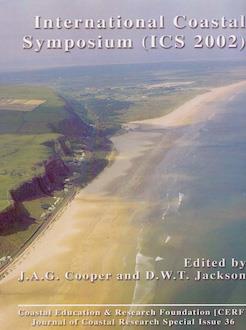There are approximately 400 barrier islands on the world's deltaic plains, with a combined length of 4,100 kilometers. They make up 30% of the world's estimated barrier islands (by length). Deltaic barrier islands make up more than half of barrier islands in South America, Asia, and Africa, but only 5% in North America and Europe due to differing sea level rise history. Barrier islands are present on all types of deltas, including wave, tide, and river dominated deltas. The transgressive model of barrier island formation on the Mississippi Delta is well understood, but applies to relatively few deltaic barrier island chains. Spit formation, and to a lesser extent beach ridge accretion, on active lobes appear to be the most dominant processes of barrier island formation. A simple morphologic classification based on island length and inlet width is presented. Five island types (Nile, Mangoky, Niger, Gurupi, Mekong, and Mississippi) are described, relating island, inlet, and shoreface morphology to the relative roles of wave, tide, and fluvial processes. Human alterations to the sediment supply, extraction of hydrocarbons, and the projected near future acceleration of sea level rise poses a significant threat to many deltaic barrier island systems, many of which already display geoindicators of disintegration.
How to translate text using browser tools
1 March 2002
Global Distribution and Morphology of Deltaic Barrier Island Systems
Matthew L. Stutz,
Orrin H. Pilkey

Journal of Coastal Research
Vol. 36 • No. sp1
Spring 2002
Vol. 36 • No. sp1
Spring 2002
discharge
shoreface
tidal amplitude
tidal inlets
wave energy




